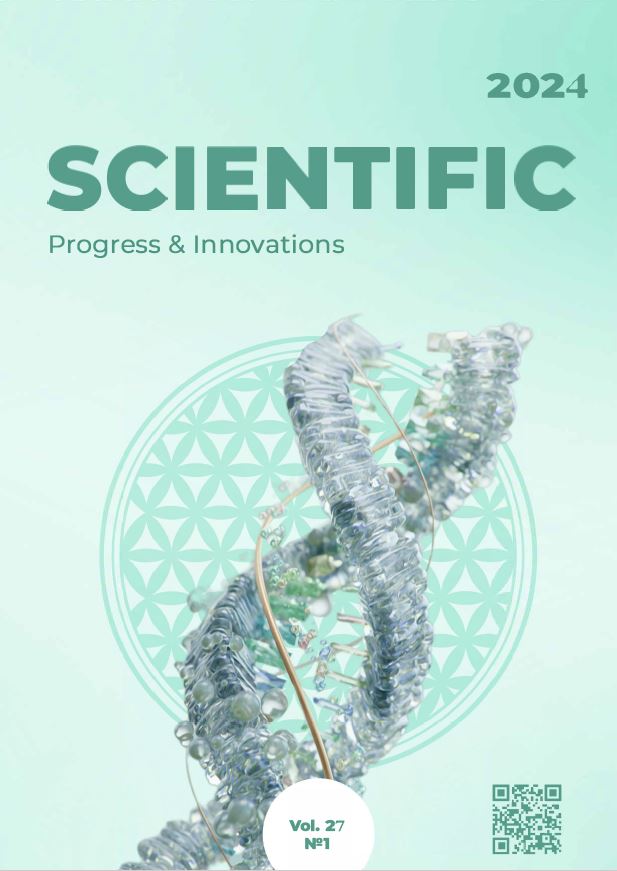Bioenergetic assessment of the efficiency of different levels of mineral fertilization in sunflower cultivation technology
Abstract
different maturity groups at different doses of mineral fertilizers in the conditions of the Left-Bank Forest-Steppe of Ukraine are presented. It is established that the application of different doses of mineral fertilizers changes the structure of total energy costs, in particular, the part of technological costs, fuel, lubricants and pesticides decreases. It was established that the use of mineral fertilizers led to an increase in total energy consumption for the cultivation of the hybrid Oreol by 32.4–65.5 %, hybrid Cadet – by 33.8–65.6 %, hybrid Drive – by 32.1–64.7 %, compared to the variant without fertilizers. It was found that the improvement of mineral nutrition of sunflower plants contributed to both an increase in seed productivity and gross energy per unit area. There was an increase in this parameter compared to the control in the early maturing hybrid Oreol by 3.9–7.9 %, the mid-early maturing hybrid Cadet – by 7.1–8.5 %, and the mid maturing hybrid Drive – by 2.5–6.1 %. A gradual increase in yield and growth of gross energy input in hybrids Oreol (from 71512.2 to 74225.4 MJ/ha) and Drive (from 71512.2 to 74031.6 MJ/ha) was established with the application of mineral fertilizers from the lowest to the maximum rate. The mid-early maturing hybrid Cadet did not show a significant increase in yield and gross energy input as the dose of mineral fertilizers increased (71512.2–70543.2 MJ/ha). It was found that the absence of fertilizers in sunflower cultivation technology and the associated consumption of total energy result in the highest energy efficiency coefficient, which for the early maturing hybrid Oreol was 6.39, the mid-early maturing hybrid Kadet – 6.20, and the mid maturing hybrid Drive – 6.48. The application of mineral fertilizers and an increase in their dose was associated with a decrease in this parameter compared to the control, in the early maturing hybrid Oreol by 21.4–34.6 %, the mid-early maturing hybrid Kadet by 18.9–35.5 %, and the mid maturing hybrid Drive by 22.4–35.6 %. So, taking into account the energy efficiency indexes, the most appropriate is to apply the lowest dose of mineral fertilizers N30P40 for the cultivation of sunflower in the conditions of the Left-Bank Forest-Steppe of Ukraine.
Copyright (c) 2024 Scientific Progress & Innovations

This work is licensed under a Creative Commons Attribution 4.0 International License.

 Creative Commons Attribution 4.0 International Licens
Creative Commons Attribution 4.0 International Licens